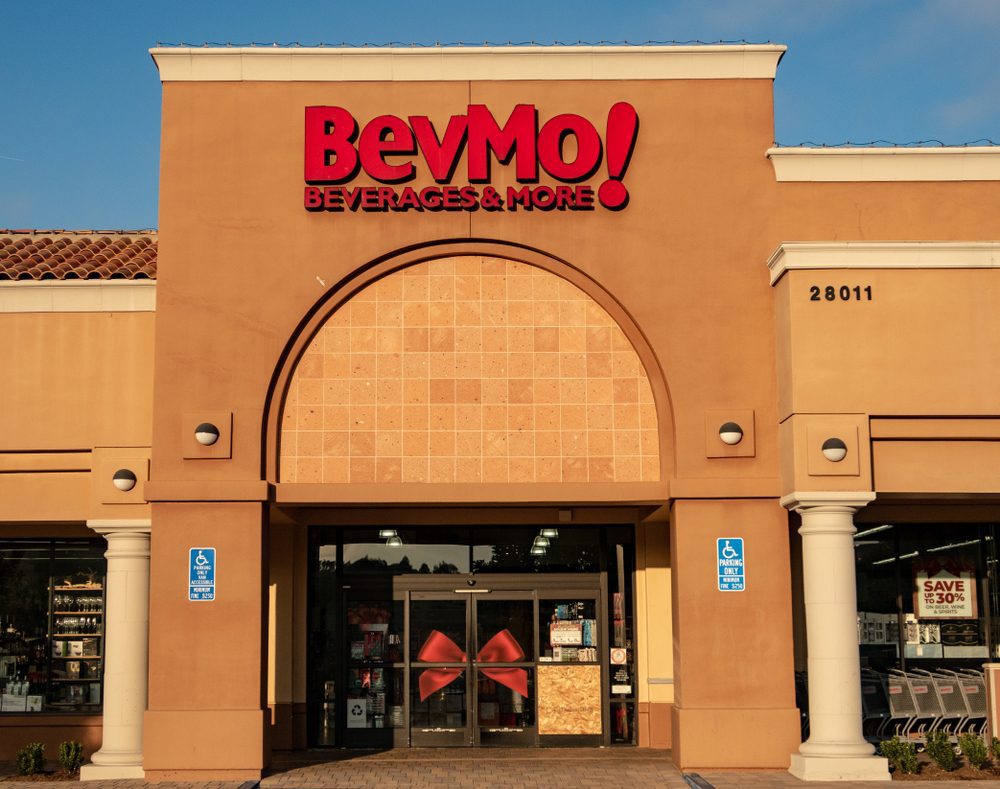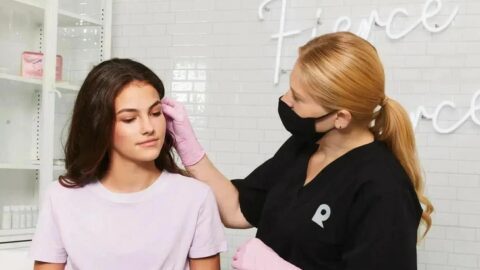While in-home voice tech is becoming more commonplace, use of the technology in stores remains relatively rare. But rather than wait and see how these solutions develop, BevMo! is exploring the audible potential now, partnering with The Mars Agency to pilot AI-powered, voice-capable whiskey shopping experiences in five stores.
“We were certainly seeing a lot of press about how voice activated shopping is absolutely going to be a trend in the future — so why not get some early learnings from a category that clearly has a lot of customer interest in our stores?” said Tamara Pattison, Chief Marketing and Information Officer at BevMo! in an interview with Retail TouchPoints. “We chose the whiskey category, with the idea that we would be able to take over 50 bottles from all throughout our store and place them in a single location with some exciting creative engagement, and see if customers really wanted to do what a lot of people say is going to be this new trend.”
The displays utilize an Amazon Echo smart speaker, custom signage and the SmartAisle system from Mars Agency to power the experience. Shoppers who walk up to the display are guided through several basic questions about their whiskey preferences, including what event they’re shopping for, their taste profile and their price range. Then the AI-powered solution filters down the full assortment to three recommended bottles and highlights them with in-display lighting. The chatbot also can answer questions about a specific bottle or brand, recommend whiskeys with similar taste profiles and tell jokes.
Tech Drives A Relaxed But Efficient Experience
The kiosks are initially being focused on two common customer interactions: exploration and gifting. Customers who are already familiar with the whiskey category and are looking to explore different brands follow one decision tree, while shoppers who want to buy a gift for a passionate whiskey fan are asked a different set of tailored questions.
Advertisement
“We didn’t want to cover too many customer trip missions because we wanted to be able to fine-tune the engagement once we saw how customers were engaging,” said Pattison. “I do think there’s a lot of opportunity to expand the type of customer trip missions, but we really focused on those two in the initial implementation.”
The technology offers shoppers a low-pressure experience by providing an opportunity to learn more about the products on their own without the need to find an associate. The displays don’t directly try to draw shoppers in — the signage contains clear instructions on its purpose and use, but otherwise the kiosks only interact with customers after being engaged with first.
Associates remain a key part of the sales process. If a shopper leaves the display without taking a bottle, they are on hand to find out if anything went wrong and offer suggestions to help complete their purchase. Additionally, associates can offer even more product information should a customer require it.
BevMo! Selects Pilot Stores To Represent Multiple Demographics
The five stores featuring the displays were carefully chosen to ensure the pilot provides accurate, actionable feedback. BevMo! wanted to make sure the test would accurately measure whether shoppers were ready to interact with voice-based display, rather than reflecting that certain stores simply sold more whiskey than others.
“We wanted to make sure that we had stores that were representative of most of our California trade areas,” said Pattison. “The stores we selected had a really strong product assortment and were high performers in the category already so that we were, for lack of better words, fishing in the right pond — that [these] customers are interested in engaging. They are also in somewhat diverse areas, suburban as well as urban, so we get a strong sample. We are only in five locations, and we want to make sure they weren’t all super homogenous.”
BevMo! was already seeing customer engagement and successful transactions three weeks into the pilot, according to Pattinson. Shoppers have responded positively to the displays, and its similarity to at-home voice assistants means many customers already know what to expect from the interaction.
“I think the number of successful conclusions, where they’re actually initiating dialogue and then getting to the three products, gets to a pretty high conversion rate,” said Pattison. “All of those metrics are very positive, but it’s super early, so we’re excited to see how this continues.”









